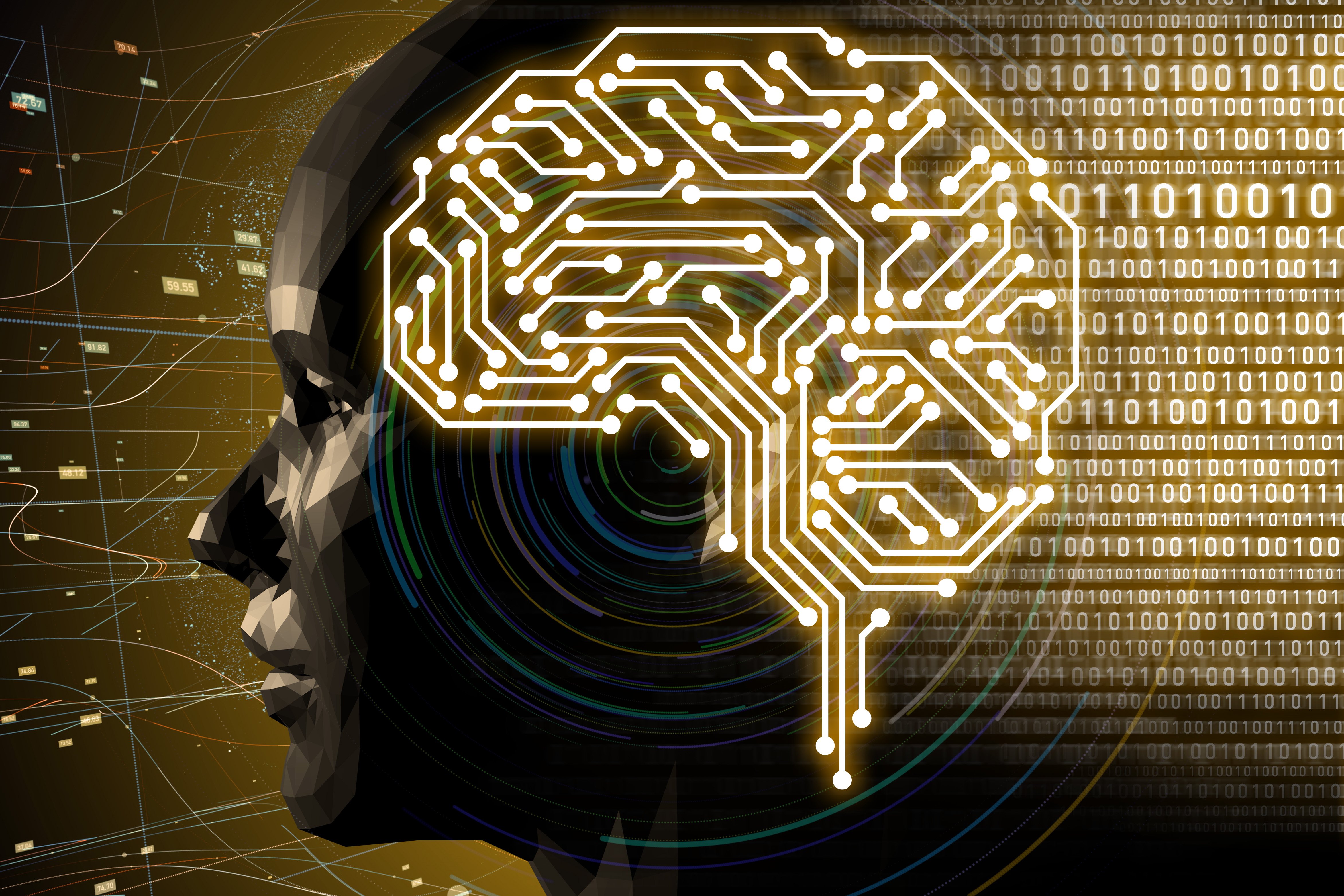July 8, 2019
 by Kaye Chapman / July 8, 2019
by Kaye Chapman / July 8, 2019

How does your contact center handle new starter training and onboarding?
Most businesses fall into three camps:
Option three is by far the best to develop happy, engaged staff, giving them what they need to become successful and confident before they get anywhere near customers. This investment in employee experience (EX) can be found at the foundation of all great customer experiences.
But great training or onboarding comes at a cost. Research suggests that for centers who invest in training, onboarding a new employee can cost upward of $14,000, with a new hire’s break even point for ROI not kicking in until week 22.
That’s a significant amount of time, resource and expense, and smaller businesses especially will know how tricky it can be to secure buy-in for these efforts. It’s still vastly better than trial by fire, where savings on training cost are dashed by poor quality customer interactions leading to dives in customer satisfaction and peaks in churn.
However your center trains your staff, you’ll know that there’s been a lot of talk about how AI can be used to improve customer-facing interactions – but there’s more to AI than meets the eye. The development of new technology means that it is possible for HR and contact center managers to augment traditional training and onboarding processes to help employees learn and access information in better ways than before.
Put yourself in one of your new agent’s shoes for a moment. It’s your first day, you’ve been introduced to your team, signed into your computer for the first time and you’re ready to start learning how to answer customer queries.
For complex queries, it’ll take you a decent amount of learning to figure out when you’re making the right judgment call – those queries that fall into the gray-area of your organization’s rulebook where a good answer starts with “Well, it depends on…”
But for a lot of other queries, answers are more black and white. When it comes to getting comfortable with basic FAQs and straightforward inquiries, you’re not so much learning them as remembering the right sequence of clicks to get to find information or memorizing answers by rote.
While AI isn’t meant to help employees make tricky judgment calls, it can lighten the load of those straightforward queries when integrated into the systems that agents use in their day-to-day work.
Intelligent Assistants are a form of AI that can do this by integrating customer communication channels with your existing knowledge resources to present answers to agents, at the point they need them. They are part of the greater intelligent applications software category, where AI is embedded into the workflow of different tools.
Equipped with natural language processing (NLP) and machine learning (ML) capabilities, Intelligent Assistants work by scanning text-based customer conversations and providing answer suggestions based on your internal or external knowledge bases, chatbot responses, and other knowledge resources you already have stored in text form.
These systems can even learn from customer interactions within the system, eventually building a response model that’s more robust than your recorded knowledge resources alone.
Just as you have everything you need to drive your car while sitting in the driver’s seat, locating key resources in the agent console has huge benefits – allowing for new starters to start using internal resources confidently and with speed, right in the window where they work.
We often talk about the necessity of eliminating friction in the customer experience, but we rarely think about what the equivalent might mean for employees.
It’s a reality that for customer-facing employees, getting the right answer to even black-and-white questions might mean fruitlessly consulting a FAQ page, then paper-based manuals, then your online knowledge base, and finally other colleagues, all the while knowing your customer is getting more irate the longer they’re on hold.
The beauty of integrating Intelligent Assistant AI within your communication systems means that you can draw on the combined wisdom of all of these resources and let the AI present you the best answers, no waiting required.
While much of what has been discussed so far is especially relevant to onboarding, Intelligent Assistants can even be helpful to train veteran agents during a new update or product release.
Many organizations struggle with operationalizing knowledge management and obtaining resources to manage KBs. A lack of solid knowledge resources is a major reason why some companies don’t feel ready to start automating.
But the beauty of internal-facing AI is that you can give it exactly the same resources as you would give any new employee, or what you already present to customers, and start from relatively rough and humble beginnings without that ever impacting on the customer.
Intelligent Assistants only suggest answers that can be edited before sending, so if answers aren’t fully-formed or grammatically correct then they can be built upon by the agent. Agents can also suggest extra answers to the assistant for an administrator to add into the tool, improving its responses over time.
In this way, Intelligent Assistants can help to build stronger internal knowledge tools. They can reinforce a living knowledge management system, where agents interact regularly with a tool that can capture the best of their knowledge and expertise.
If you’ve ever tried to implement KCS or other knowledge management workflows within your centre, you’ll know that encouraging contact center employees to update knowledge resources alongside query handling can be incredibly difficult. There simply isn’t the time in their day to do so. But integrating those knowledge resources in the console where they work means that building robust knowledge resources suddenly becomes a lot easier.
Like any AI investment, it pays to plan well from the inception of the project. The more time you invest in the initial set-up, the better the AI will work, and the more confident you can feel in your new employees with the software guiding them through customer interactions.
The three areas you need to consider the most when deploying Intelligent Assistants are the information it draws on, the deployment process, and a continuity plan. The insights below touch on each of these items, ensuring that quality of information is balanced with speed and cost benefits.
|
TIP: Before going further, make sure you’re using the best artificial intelligence software to program your Intelligent Agent before deploying it into the world and out to your customers. |
Ask your team to check your existing resources to ensure they are up-to-date and don’t include any glaring errors.
Because Intelligent Assistants are able to draw on your cache of support tickets, previous chat transcripts, and they can learn from agent feedback, it’s not necessary to have a 100% robust knowledge library from the off – the system will become more robust over time.
You should, however, ensure that any information you feed your assistant isn’t outright wrong.
Be realistic about the types of questions your Intelligent Assistant will be able to handle.
AIs won’t be able to empathize authentically or grow real relationships with your customers – those are the things your agents shine at. Your agents are also best equipped to make the judgment calls on complex queries that really draw on their skills and expertise.
Select relevant queries for your AI to handle from your knowledge resources accordingly.
In the same way, let your agents know the strategy and purpose for your Intelligent Assistant. Involve them from the earliest planning stage, secure internal champions, be open and transparent. Including agents from the design stage means that you’ll end up with a tool your team is brought into, and that won’t be perceived with fear or negativity.
You’ll also need to be clear about the types of questions that the tool is best equipped to handle by giving them some example questions so they can see where the boundaries lie. Introduce them to the feedback process within the tool, reward your best contributors, and consider whether you need to reinforce the new process with agent KPIs.
Each question will need an answer, and you’ll need to add them into the tool accordingly.
One extra thing you’ll need to account for at this stage are synonyms or business-specific language that your customers and agents use. By adding in a number of alternate word definitions for the same term, for example: customers, clients, and members, your Intelligent Assistant will be able to better handle variations in language that your customers and agents use.
Just like you would never want to throw a new employee into any task without making sure they know how to do it right; you never want to deploy any form of technology to your team without making sure it works. Is it fetching the right information? Are the workflows processing the correct information? Most importantly, is the AI helping your agents?
Just like keeping your resources up to date, making sure your AI is up to date is important. While the Intelligent Assistant will learn from customer conversations and agent feedback, any and all product updates, releases, and other new information or links still need to be programmed into the AI.
In the back end of your Intelligent Assistant, you’ll have access to a wealth of information to fine-tune your AI – agent suggestions, stats and statistics on usage, and suggestions from the platform itself. Use this information to keep refining the information your system provides.
Intelligent Assistants are a low-risk way to get started with automation, strengthening your internal knowledge resources to build a customer knowledge model that understands your customers and the way your agents speak to them. Since strong knowledge resources are key to effective chatbots and more, the possibilities for further automation then unfold.
Even if the chatbot route isn’t for you, it’s not just in training and onboarding that Intelligent Assistants can provide benefits. Extended use cases include having the Assistant pull personalized information from a CRM, eliminating the need for agents to put the customer on hold and look up an answer in that system.
|
TIP: Find the best chatbot software for your company’s needs today! |
Intelligent Assistants can also be used to automate entire workflows – such as the process of order tracking, password resets or taking payments. Any process which requires multiple, standard steps can be kicked off automatically by agents to gather details, and the agent can then take back control when the customer completes the workflow.
Five years ago, nobody would have believed that this degree of automation within contact center training would be here today. Back then, we were barely getting to grips with the concept of omnichannel marketing, yet now it’s a part of standard contact center working.
Technological advancement is happening fast, and Intelligent Assistants are here right now. It’s amazing to be on the forefront of what promises to be change that disrupts our contact centers and training programs for the better.
Humans will always be essential to the customer experience, but we need to better support and develop those humans that serve our customers. AI offers us the opportunity to do that.
When your fledgling agents finally start taking their first queries, even if they’re not 100% confident (and even with months of training, many rarely are), they’ve got an extra safety net to help them out.
While Intelligent Assistants will never be able to coach and mentor, dispense deep wisdom or grow authentic human relationships, it’s possible for them now to take enough of the strain so our teams can have more time to focus on those things.
That’s ultimately the goal of AI adoption. To allow us humans to better exercise our uniquely human skills, and to free us from basic, transactional work – allowing our agents and ourselves more time to focus on the things that truly matter.
Want to learn more about AI? Check out our comprehensive hub chock full of over 50 resources on AI-based topics to keep the knowledge flowing!
Kaye Chapman is the Learning & Development Manager for Comm100, an award-winning global provider of omnichannel customer experience solutions that powers real-time interactions via web, mobile, and messaging. Kaye is an internationally-experienced writer and trainer and has worked with Fortune 500, governmental, and private firms across the world to advance customer service operations and embed leading learning and development strategy. As a specialist in Contact Centers, Kaye is passionate about using technology and training to improve experiences for customers and employees alike.
Your phone calls with customers are your business’s greatest untapped resource.
 by Kimberly Jaso
by Kimberly Jaso
When you think of McDonald’s, your first thought probably isn’t how they’re a thought leader...
 by Rebecca Reynoso
by Rebecca Reynoso
In a digital-first world, where customer expectations continue to rise, more and more...
 by Erika Madriñan
by Erika Madriñan
Your phone calls with customers are your business’s greatest untapped resource.
 by Kimberly Jaso
by Kimberly Jaso
When you think of McDonald’s, your first thought probably isn’t how they’re a thought leader...
 by Rebecca Reynoso
by Rebecca Reynoso


